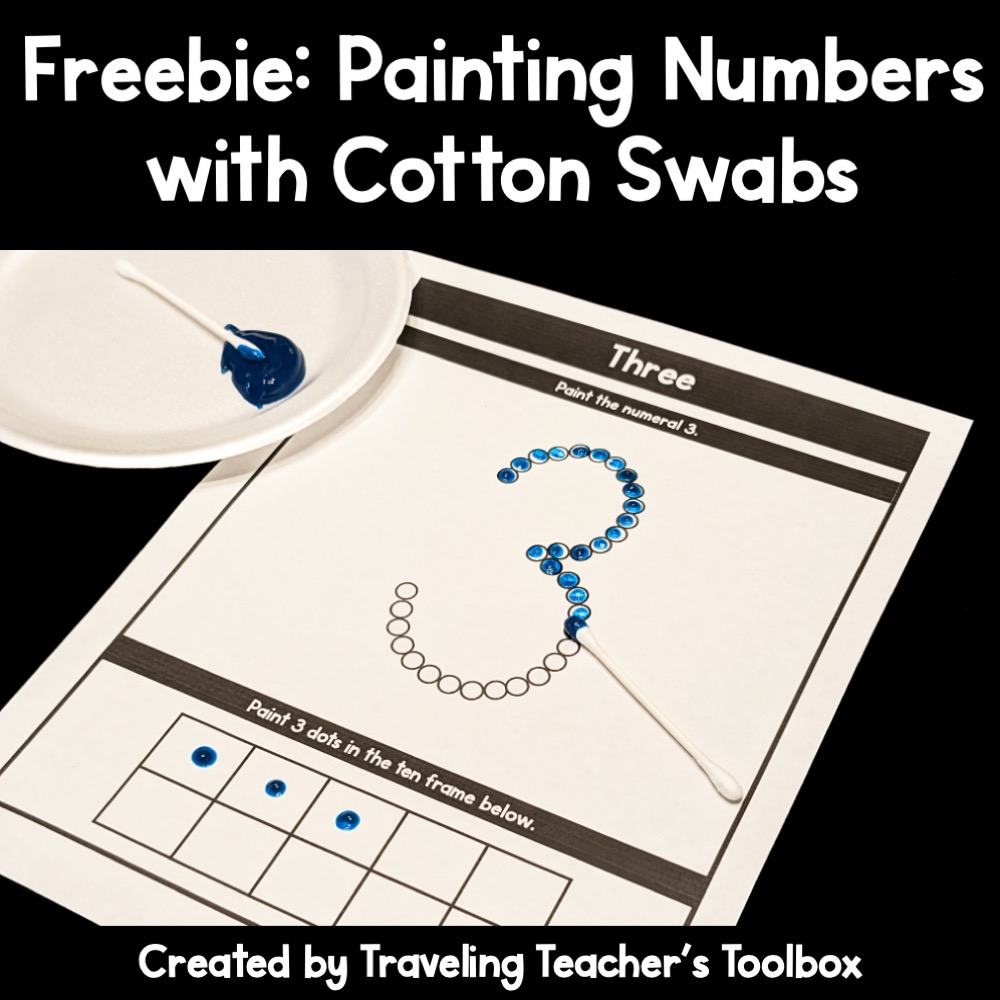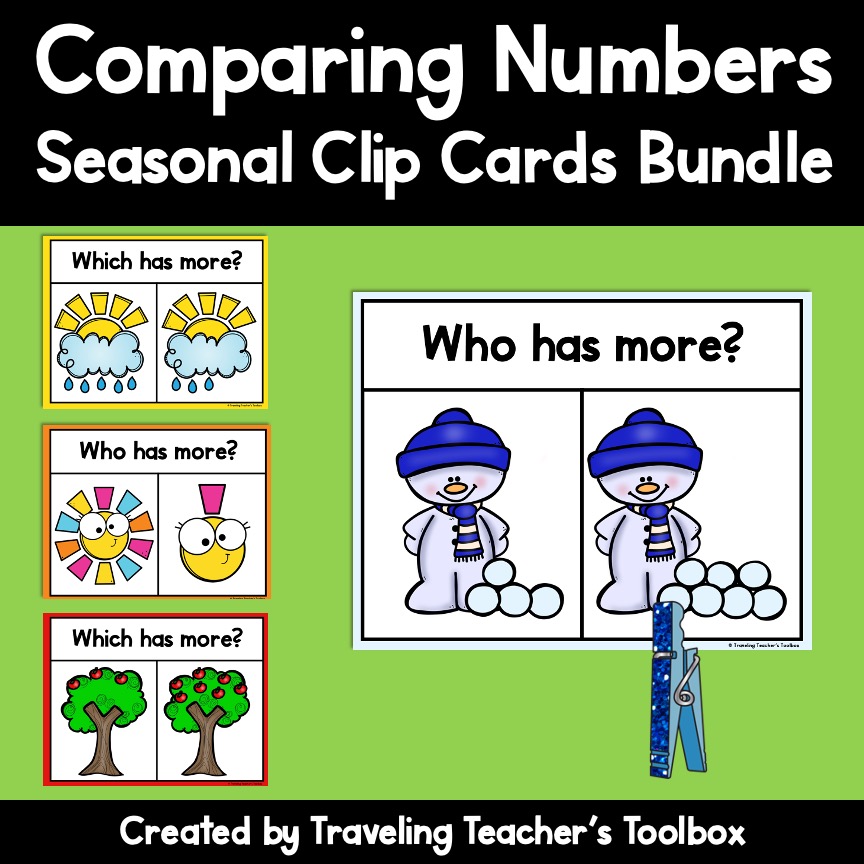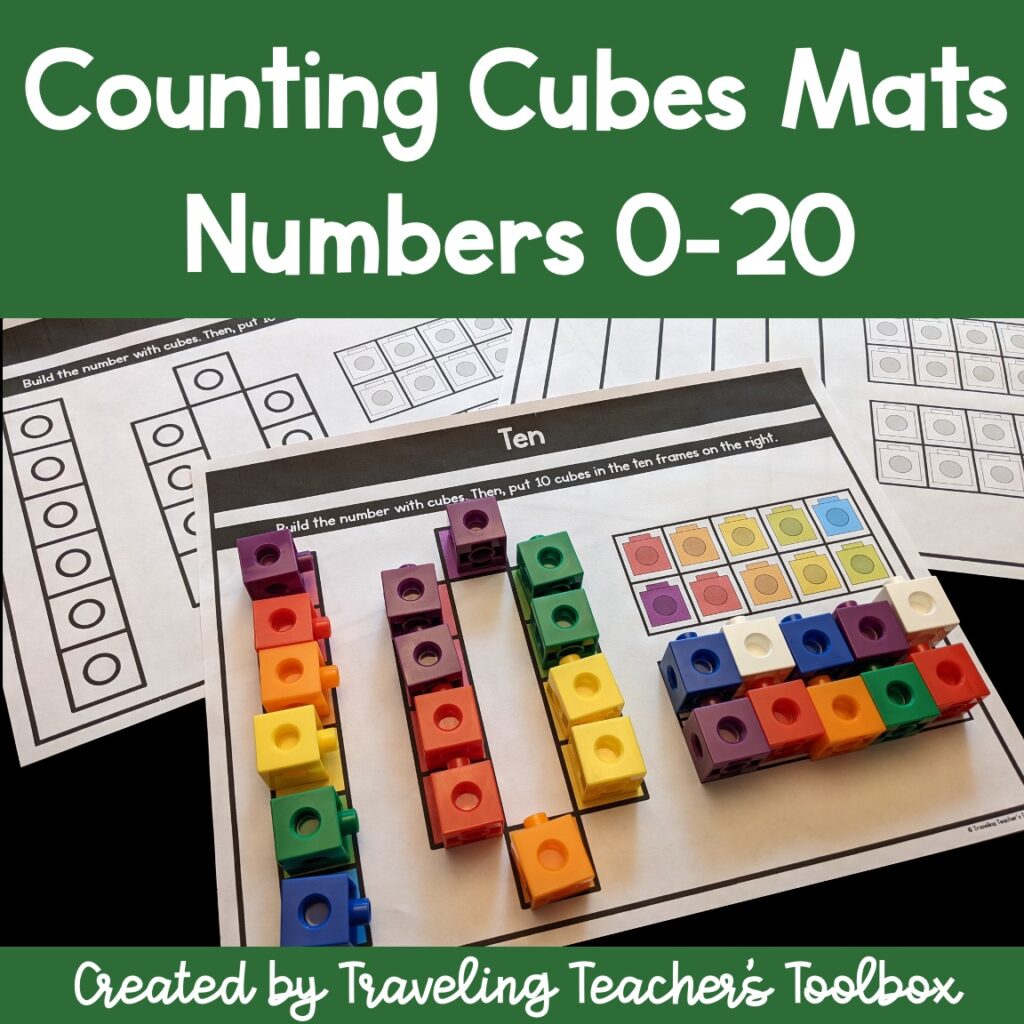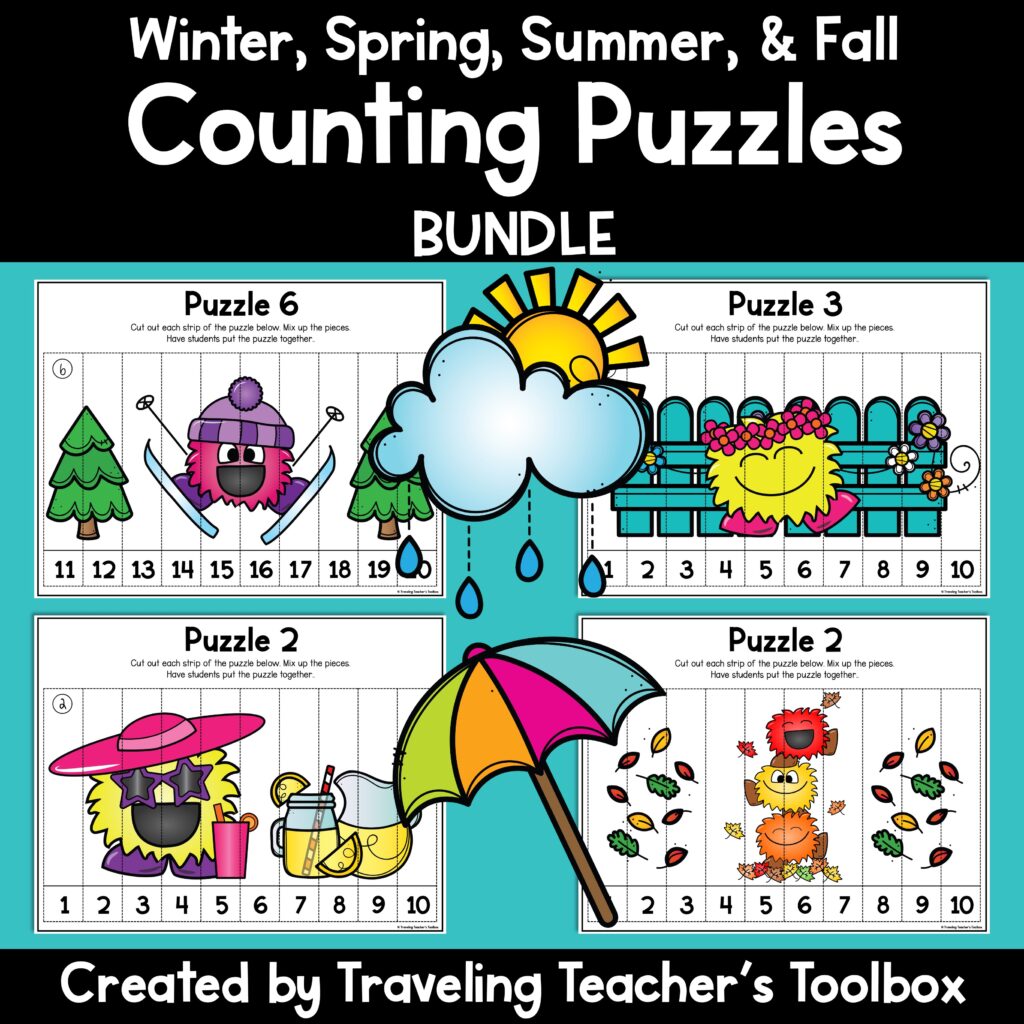The development of fine motor skills is crucial for young children. Using math activities is a great way for students to work on those crucial skills while learning math at the same time!
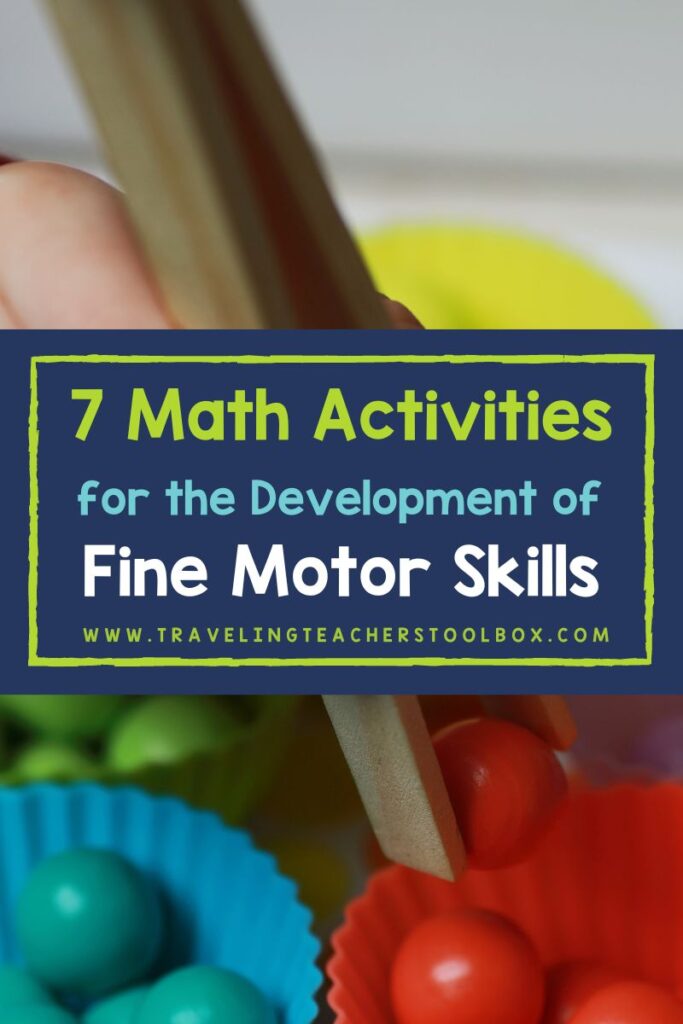
Why is the Development of Fine Motor Skills Important?
Fine motor skills are important because they are used in everyday life.
But what are fine motor skills?
Fine motor skills are the movements of the muscles in your hands and wrists. Some examples of fine motor skills are:
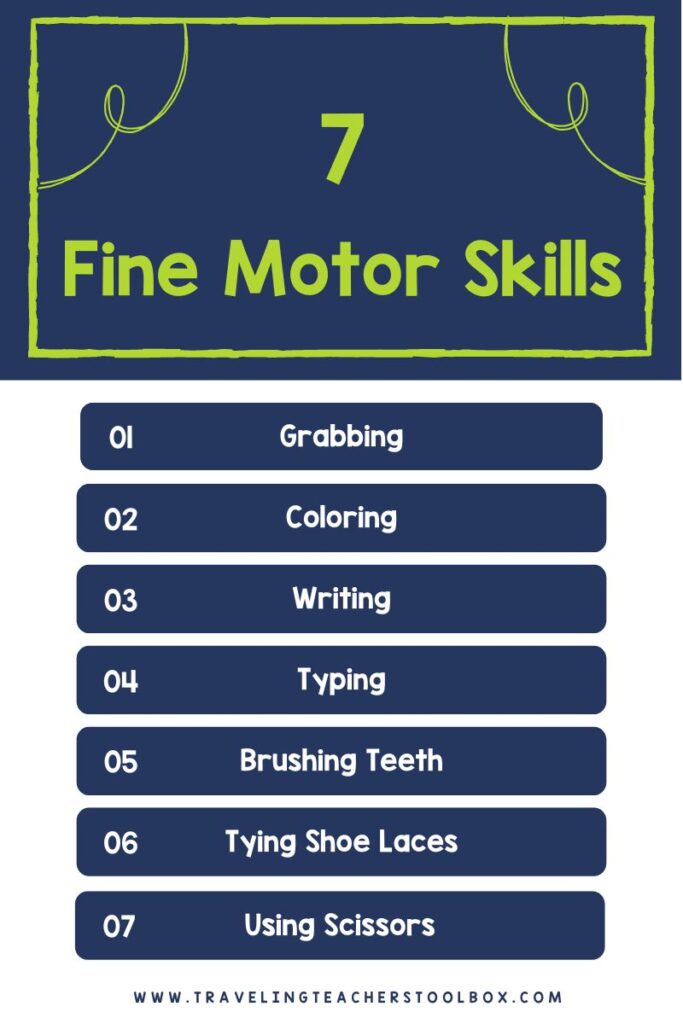
- Grabbing
- Coloring
- Writing
- Typing
- Brushing teeth
- Tying shoe laces
- Using scissors
Most adults who have fully developed fine motor skills don’t think about them at all. But for young children who have not, the development of fine motor skills takes patience, practice, and persistence.
What are Gross Motor Skills?
You may have also heard of gross motor skills. Gross motor skills use the much bigger muscles of the torso, arms, legs, and feet. Some examples of gross motor skills include:
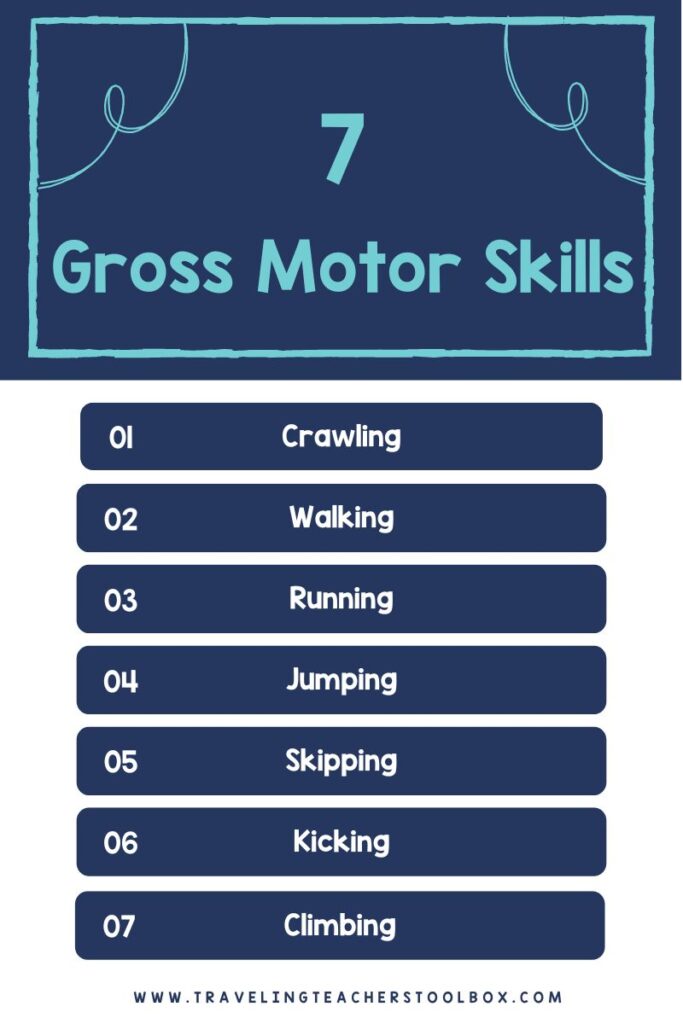
- Crawling
- Walking
- Running
- Jumping
- Skipping
- Climbing
- Kicking
Combining the development of fine motor skills with math activities is a fantastic way for students to advance their abilities.
7 Math Activities for the Development of Fine Motor Skills
1. Counting with Linking Chains
Linking chains are perfect for counting practice. There are multiple ways to use them! One way is to link them together with other linking chains. Another way is to link two or more hole-punched cards together. You can even have students create patterns with them!
2. Painting with Cotton Swabs
Using cotton swabs to paint can be a surprisingly clean way for your students to use paint! Picking up the cotton swabs and dabbing them into small dots in the shape of a number or into a ten frame are great activities for number formation, counting, and of course fine motor skills.
3. Building with Pattern Blocks
Pattern blocks are blocks that come in different shapes such as hexagons, rhombi, squares, and triangles. Use these shapes for geometry or counting activities. Placing pattern blocks in a design is one way to work on fine motor skills. Click here to read more about different ways to use pattern blocks.
4. Using Clothespins for the Development of Fine Motor Skills
The act of opening and closing a clothespin requires the muscles in your hands. Use them to pick up counters, like pom-poms, and place them in ten frames. Or, use clip cards.
Clip cards are small cards where students use a clothespin to clip the correct answer. Opening a clothespin is a great way to work on fine motor skills.
5. Building with Popsicle Sticks
Use popsicle sticks to make shapes or tally marks, among other things. You can even use them to build out the shape of numbers. Picking up and placing sticks in a particular way works on the development of fine motor skills.
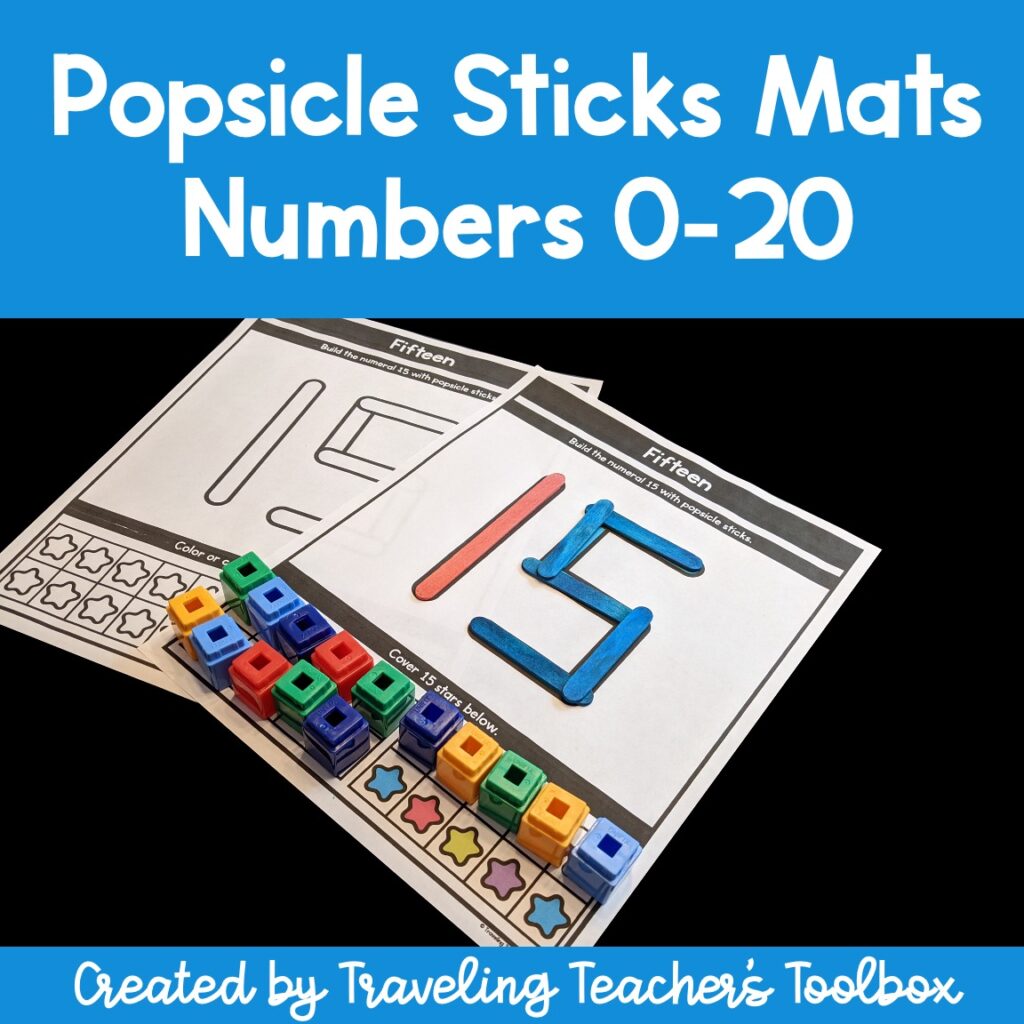
6. Constructing with Math Cubes, or Using them as Counters
Use math cubes to build 2 or 3d shapes or stack them on top of each other to build towers. Alternatively, use them as counters in ten frames. No matter how they are used, students will be working on the development of fine motor skills when counting, building, stacking or using them to create a design.
7. Solving Sequencing Puzzles
Sequencing puzzles are puzzles created on strips of paper. Each strip is cut out and students must put them together based on clues at the top or bottom of each strip, such as putting numbers in order. Because the strips of paper are on the thinner side, they require the use of fine motor skills to be put together.
Using Math Activities for the Development of Fine Motor Skills
Why are fine motor skills important? They are used in often in everyday life. Therefore, it is imperative that young children work on developing them. Using fun, hands-on math activities is a great way to incorporate fine motor skills into everyday learning!

